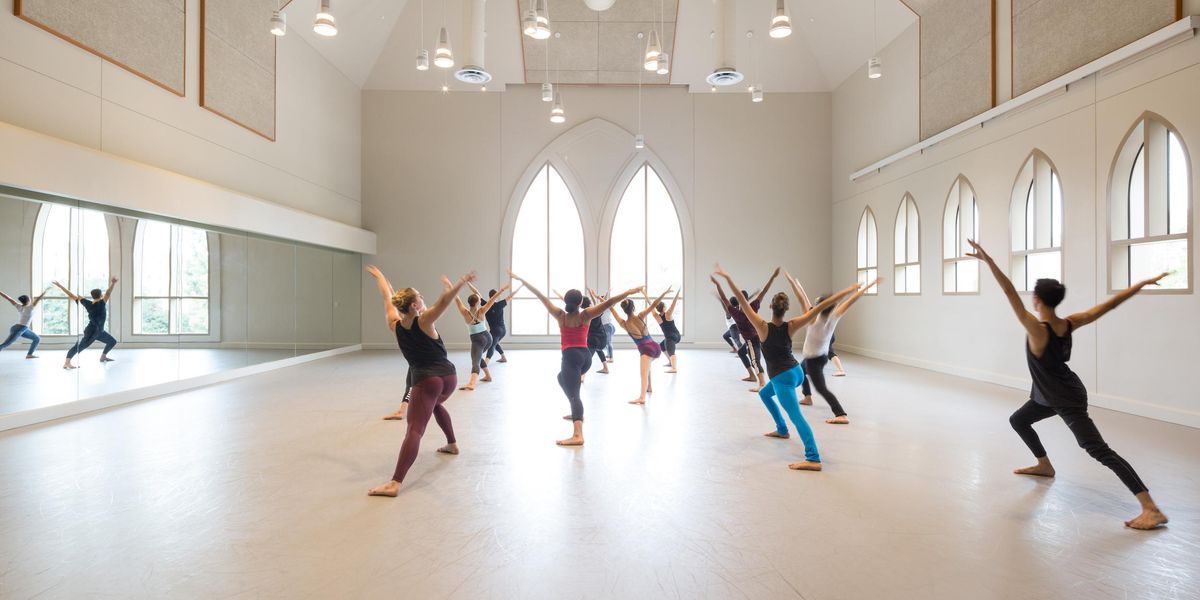DM Recommends: Strong Opinions on Ballet
Two writers look at the art over time.
Apollo’s Angels:
A History of Ballet
By Jennifer Homans
Random House, 2010.
672 pages. Illustrated. Hardcover, $35.
A former professional ballet dancer and a Ph.D. in modern European history, Jennifer Homans speaks with a dancer’s educated voice. She observes in Apollo’s Angels—her ambitious and often spectacular cultural history of ballet in Paris, Copenhagen, London, Rome, St. Petersburg, and New York, with forays into Belgium and a few other balletic provinces—that every classical ballet dancer carries the history of the art in her or his body. Homans, who is the dance critic for The New Republic, doesn’t add, though the trajectory of her story certainly implies, that the most exacting critics of all are the dancers themselves, their teachers, choreographers, and coaches, not to speak of the unforgiving mirror in the studio.
However, in her highly selective choices of cultural centers, creative talents, audience responses, and performance practices, she is functioning as a critic, even in those passages when she is not, directly, explaining why one ballet master matters and another is trivial. The thesis of her nearly 700-page, delightfully readable account of ballet as a historical phenomenon—invented in 1581 and, by 2010, “a dying language”—seems to be that, for more than 400 years, it was central to European and, eventually, American culture by virtue of the fact that its choreographers were at the cutting edge of artistic and sometimes philosophical investigation. And that today it no longer is: “Apollo and his angels are understood and appre-ciated by a shrinking circle of old believers in a closed corner of culture.”
Apollo’s Angels
, a decade in the making, has already been widely heralded as “magisterial,” and I won’t disagree: We haven’t seen a speculative history quite like it since Lincoln Kirstein’s Dance: A Short History. Kirstein made mistakes in his book, though, and Homans, too, sometimes builds her arguments and ascription of intentions to artists on questionable premises, peculiar omissions, or actual errors of chronology, as well as mixed metaphors (beginning with the title). Not all the trees in this glade are in tip-top shape, but the stand, as a whole, serves as a touching memorial to a particular epoch in art. —Mindy Aloff
Mirrors & Scrims: The Life and Afterlife of Ballet
By Marcia B. Siegel
416 pages. Illustrated.
Wesleyan University Press, 2010.
Paper, $27.95.
Marcia B. Siegel is a distinguished author of books on American modern dance and of collections of reviews that are especially memorable for their accounts of modern dance, postmodern dance, and world dance. She is not a critic I immediately associate with ballet. However, I guess I’ll have to change my view in light of Mirrors & Scrims, her revelatory new collection of essays and reviews written since the 1980s for The Boston Phoenix, The Hudson Review, and other publications I, for one, rarely see.
These engaging, often fantastically observant and thoughtful writings (some of which are, in fact, concerned with tap dancing, clowning, the circus, and other nonclassical productions) represent Siegel’s decades as a practical critic. She evaluates, as a critic is expected to do, but she is more excited about probing a dance to see how it works. Deeply moving are her lightly inflected yet persistent attempts to come to terms with ballet history by way of specific productions. These include the repertoires of the Ballets Russes, Petipa and Ivanov, Bournonville, Ashton, Tudor, Robbins, Jooss, Forsythe, Tharp, and, most recently, Jorma Elo and Yvonne Rainer. Her writings on Balanchine, especially her effort/shape analysis of his Serenade, and her remembrance of the dance critic and poet Edwin Denby are, by themselves, worth the price of the book—which, for me, is the best she’s published to date. —M. A.




